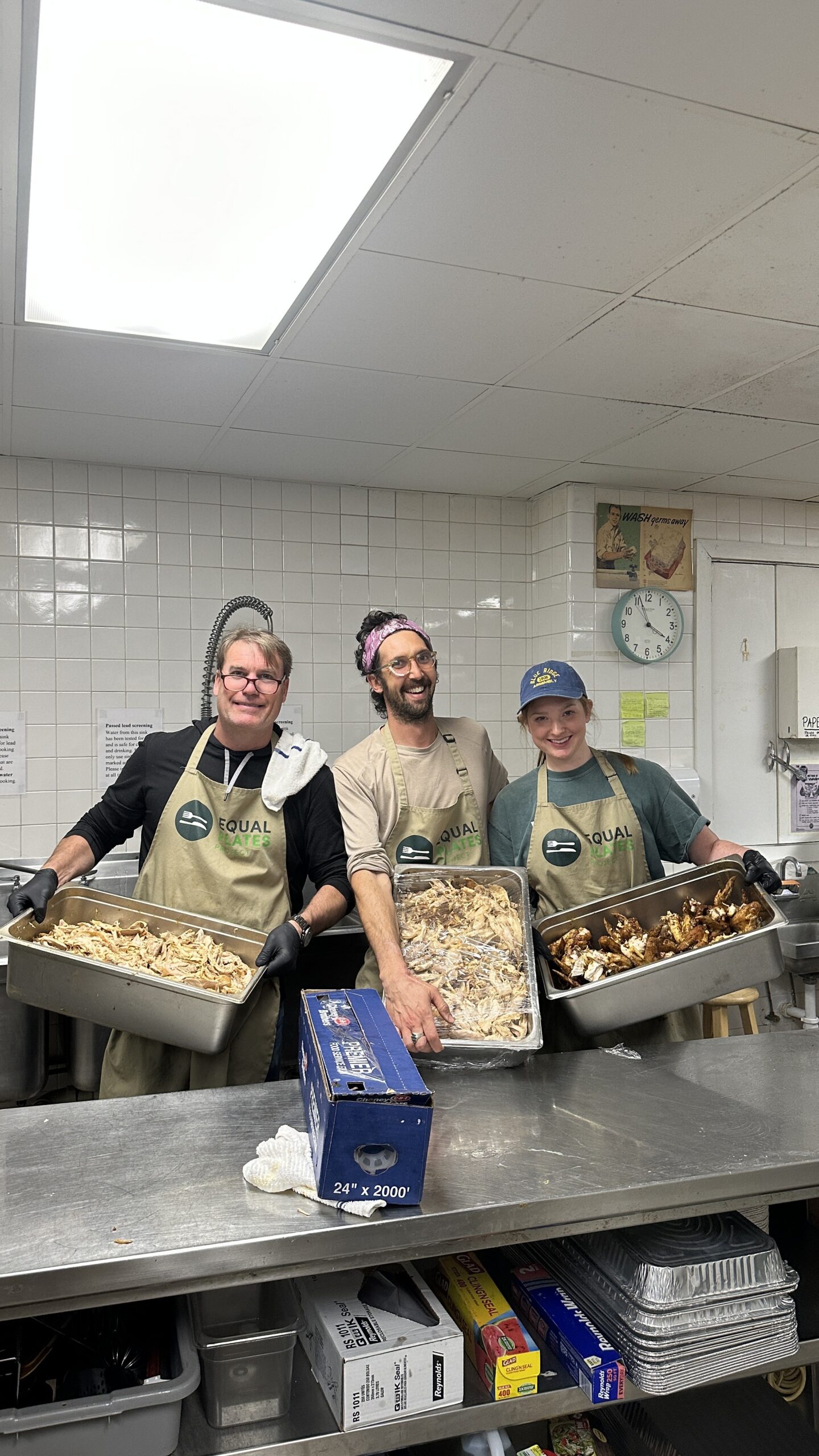Rev. Luke Lingle’s journey into community revitalization has been marked by a distinctive mix of creativity, adaptability, and a determination to make the world a better place. As the Director of Pathways Towards Impact (PTI), for The Ormond Center at Duke Divinity School, Lingle finds joy in the process of helping churches and organizations look at their resources—those dusty, underutilized spaces—and see potential. His work in North Carolina serves as a blueprint for others wanting to breathe new life into old buildings and transform them into vibrant community centers.
The Vision Behind Haw Creek Commons
The adaptive reuse project at Haw Creek Commons in Asheville, North Carolina, exemplifies Lingle’s approach to community impact. Originally Bethesda United Methodist Church, the building had a dwindling congregation of just six worshipping members. But, what was more important than the number of congregants was the building’s location—smack in the middle of a bustling neighborhood that lacked spaces for community connection.
“We had to rethink how to use the space,” Lingle explained. “The community needed a place where people could gather, where children could play, where we could have conversations about what really matters.”
As the Director of Community Development for Missional Wisdom Foundation, Lingle led a team that embarked on an ambitious project to reimagine the space. This meant listening—lots of listening. He and the team spent over a year attending community meetings, talking to neighbors, and getting a sense of what people wanted. Haw Creek Commons was born out of those conversations: a space designed by the community, for the community.
From Church to Community Hub
Haw Creek Commons now serves as a thriving community hub, a transformation that could only happen as a result of the teams’ commitment to adaptive reuse. Instead of letting the building languish, he and his team brought it back to life. They created a shared-use commercial kitchen, rentable office spaces, and gathering areas for events.
“The kitchen became a focal point for the neighborhood,” Lingle shared. “It allowed local entrepreneurs to start their businesses without the heavy burden of upfront costs. It was about helping people realize their dreams while also serving the community.”
In essence, the adaptive reuse of Haw Creek Commons was about more than just keeping the building standing—it was about giving it a new purpose. The shared-use kitchen, for instance, became an incubator for new food businesses, providing an affordable space for caterers, food trucks, and aspiring chefs to experiment and grow. Some of these businesses have since expanded into permanent locations, a sign of how impactful the project has been.
The Impact of Listening
Lingle often emphasizes that his work is grounded in one simple but often overlooked practice: listening. Before any decisions were made at Haw Creek, the team spent months speaking with people in the community, asking them what they needed most.
“Listening is the most important part of this process,” Lingle emphasized. “If you’re not listening, you’re not doing the work right.”
The result of that listening was a space that met real needs. Haw Creek Commons became a place where the community could gather for everything from yoga classes to town meetings. Its transformation didn’t just provide a physical space—it created a sense of belonging, a place where people felt that they mattered.
Funding the Dream
One of the challenges of adaptive reuse projects is funding. Missional Wisdom Foundation knew this going into the Haw Creek Commons project, and the team approached it creatively. Instead of relying solely on traditional funding methods, they used a combination of grants, donations, and partnerships to bring the vision to life. He calls this approach “stacking funding”—a way to bring together multiple streams of support to get a project off the ground.
“You don’t need millions of dollars to make an impact,” Lingle said. “You need people who care, a willingness to adapt, and a commitment to listening to the community. The rest falls into place when you have those things.”
The creative approach to funding allowed the team to overcome one of the biggest obstacles facing community projects. By tapping into the passion of people who believed in the vision, Haw Creek Commons became a reality.
The Church and Community Placemaking Lab
The success of Haw Creek Commons spurred Lingle to want to help others do the same. As the program lead for The Ormond Center’s Church and Community Placemaking Lab, Lingle now works with other churches and community organizations, teaching them how to identify underutilized spaces and transform them. He uses tools like Asset-Based Community Development (ABCD) and Lean Startup methodologies to guide participants through the process of adaptive reuse.
“We walk alongside churches to show them what’s possible,” Lingle said. “It’s about giving them the tools they need to assess their resources and think creatively about how to use them. We guide them in figuring out how they can be a real asset to their communities.”
The Church and Community Placemaking Lab is not just about teaching theory—it’s about practical application. Lingle’s aim is to give participants the skills they need to replicate projects like Hawk Creek Commons in their own communities, helping to create sustainable, community-driven spaces that can adapt to local needs.
Key Lessons for Community Transformation
For those looking to make sustainable social impact in their communities, Lingle offers a few key lessons:
Identify What You Already Have: Every community has resources that are underutilized—church buildings, schools, vacant lots. Start by identifying what those resources are and then think creatively about how they could be used.
Listen Before You Act: Lingle’s projects began with listening. Before making any decisions about how to move forward, Lingle takes the time to understand what the community truly needs. “If you’re not listening, you’re not doing the work right,” he says.
Get Creative with Funding: Lingle’s projects are funded through a mix of grants, community donations, and partnerships. He advises others to be open to different funding avenues and not to shy away from asking for help.
Make It About Connection: At the heart of Lingle’s work is the idea that people need places to connect. Whether it’s a commercial kitchen, a meeting space, or a co-working area, creating environments where people can come together is key to community revitalization.
Think Holistically About Success: Success is not just about numbers. It’s also about the stories, the relationships, and the impact on people’s lives. Lingle uses both quantitative and qualitative measures to evaluate his projects, emphasizing community feedback as much as hard data.
A Lasting Impact
Lingle’s work in adaptive reuse and community engagement offers a powerful model for those interested in sustainable social impact. By taking something old and reimagining it in a way that serves the community, he has helped create vibrant spaces that bring people together, support local entrepreneurs, and offer real, tangible benefits.
“The church is still a vital part of the community,” Lingle concluded. “We just need to find new ways to participate in the community, and when we do, we create something beautiful and lasting.”
Lingle’s approach isn’t about grand gestures. It’s about the small, thoughtful actions that add up to meaningful change. It’s about listening, adapting, and being willing to see what others overlook. In the end, it’s about making space—quite literally—for people to come together, share their stories, and find hope. And that, as Lingle would say, is truly what matters.
Back to all News items.


